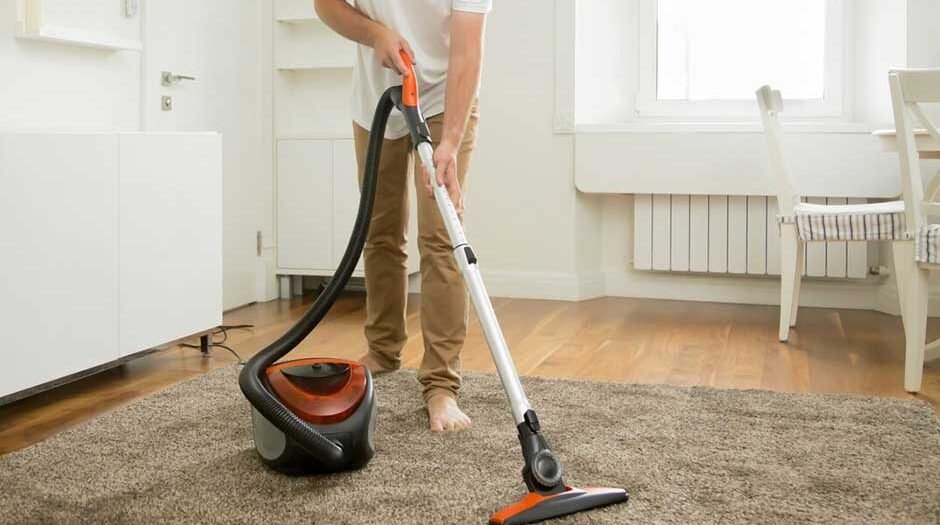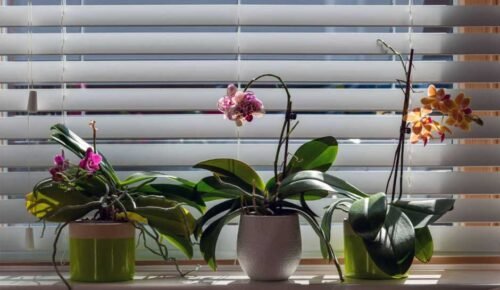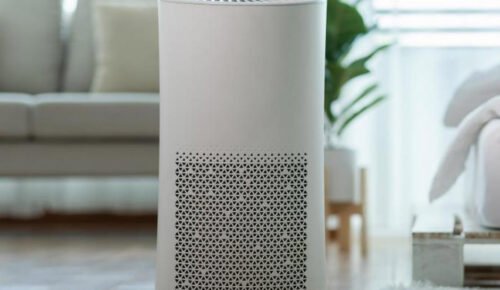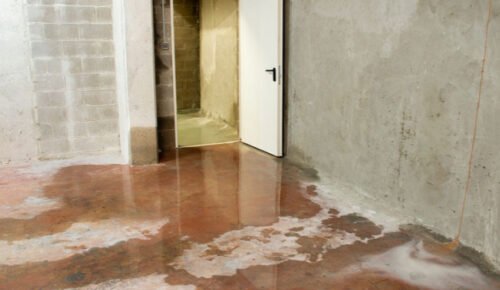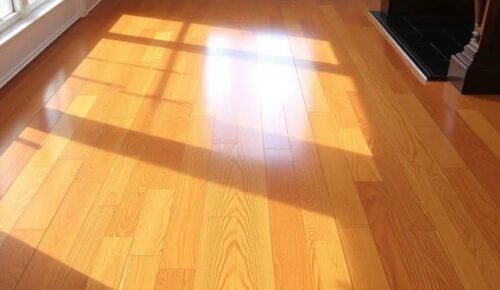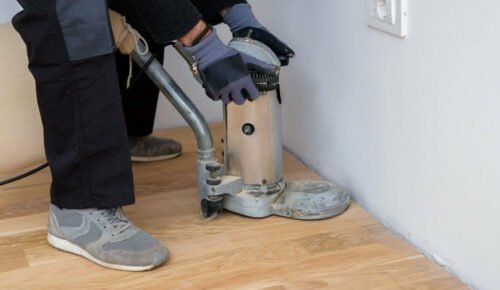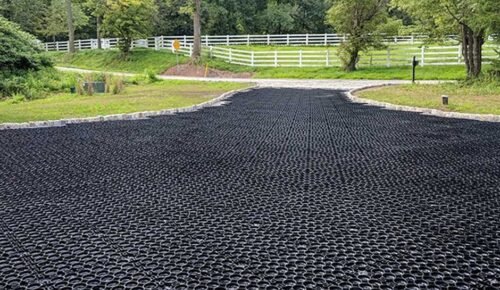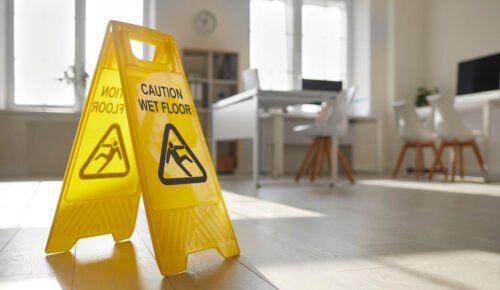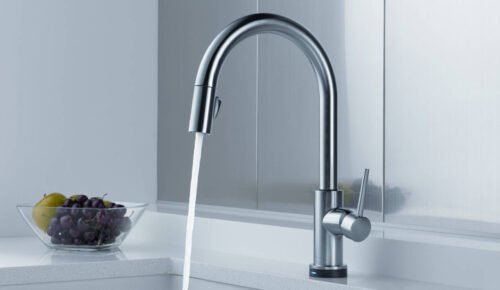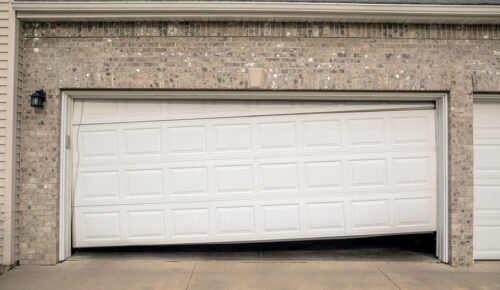Even though our cosy floor coverings breathe life into our spaces, they’re magnets for everything from muddy boots to invisible dust bunnies. Don’t let that put you off, though.
With the right arsenal of tools and insider techniques, you can master the art of deep cleaning and restore your rugs to their former glory.
So, are you ready to become an expert on how to rejuvenate your carpets? Then, let’s dive right into this step-by-step tutorial that will teach you not only how to revive your carpets’ vibrant colours but also extend their lifespan.
Assess the Carpet’s Condition
Start at the edges of your carpets, looking for fraying and loose threads. Then, work your way toward the centre to spot any stain, discolouration, or flattened patches that need special attention.
Keep in mind that different materials need different care. Wool, for example, needs careful handling to prevent damage, while synthetic fabrics can withstand more intense cleaning methods.
Before doing anything, take a look at the manufacturer’s instructions carefully. They’ll typically contain instructions on the best cleaning techniques for your specific carpet type.
When planning your cleaning approach, keep in mind that vintage or well-worn pieces need gentler handling during cleaning sessions.
Also, if you spot any moth damage, water stains, or mould, tackle those first. Taking care of these issues first will prevent them from spreading before you start the regular cleaning.
Gather Your Supplies
A trusty steam cleaner, whether purchased or rented, is the key tool you’ll want in your toolkit. Pair this with a powerful vacuum that has HEPA filters to tackle dust and debris effectively.
Soft-bristled brushes are great for scrubbing, while microfibre towels and absorbent cloths help keep moisture under control.
Keep some measuring cups nearby for mixing solutions, and have spray bottles ready so you can apply solutions exactly where you need them.
Choose eco-friendly, allergy-safe products to protect both your family and the planet from harmful toxins.
Alkaline cleaners work well on synthetic fibres, but can damage wool and silk. For delicate fabrics, go for neutral pH options, as they’re tough on stains but gentle on fabrics.
While choosing the right cleaner is key, it’s just as important to know what to steer clear of. Avoid bleach-based products since they can weaken fibres and cause colours to fade.
Don’t forget to gear up properly. Gloves and a respirator are essential when working with chemical solutions, especially if you have sensitive skin or conditions like eczema.
Finally, store your supplies within easy reach, and ensure all equipment functions properly before getting started. That way, you can avoid unexpected hiccups that might disrupt your progress.
Prepare the Area
Give yourself plenty of room by removing furniture and anything else that’s not essential. For heavier pieces that can’t be shifted, place protective pads under the legs to prevent moisture damage.
To make everything easier for yourself, consider photographing the room’s original layout. This will help you put everything back in its designated place when you’re done.
Make sure to give the rug a thorough vacuum to remove surface debris and maximise the effectiveness of your treatments. Before applying any solution, make sure to test it on a hidden area first, like behind furniture or in a corner.
Professional carpet cleaning experts recommend waiting 24 hours after a spot test to check for any unwanted reactions like colour bleeding, texture changes, or fibre distortion. This helps prevent any surprises once you treat the entire surface.
Apply the Solution
To get the best results, you should use the right dilution. On synthetic coverings, use a full-strength solution for heavy grime or dilute it by half for less noticeable marks. On the other hand, natural fibres need gentler treatments—quarter-strength usually works best.
Work in 1.2 x 1.2 metre sections and apply the cleaner with a pressurised sprayer for even coverage. Temperature plays a role, too. Warm water between 38–46°C helps activate the formula without damaging the material.
Aim for the right wet-to-dry balance. Your floor covering should feel damp to the touch, but never soaked, since excess water can weaken the adhesive and backing.
For stubborn smudges, use a soft brush to work the agent into the surface in circular motions. Leave it work its magic for 10-15 minutes, but avoid letting it dry completely.
Use a Steam Cleaner
Using professional carpet cleaning equipment can significantly improve your results. These machines reach deep into the fibres, lifting out embedded grime, allergens, and residue that ordinary cleaning methods often miss.
After filling the steam cleaner’s tank with warm water, move slowly and steadily across the surface. If the carpet feels overly wet or water remains on the surface, you may be moving too slowly, or the machine might not be extracting properly.
Keep in mind that each new pass should slightly overlap with the previous one to ensure full coverage. For a tidy finish, start from the farthest corner and work toward the centre.
For particularly dirty spots, make an extra pass over the same spot while extracting—this will remove more dirt without oversaturating the surface.
Rinse and Extract
Start rinsing with clean, cool water to flush out the leftover solution and loosened debris. The temperature change will help neutralise the solutions and protect the fibres’ integrity.
Give extra care to high-traffic areas near doorways and around furniture. Continue extracting until the water runs clear. This shows that all the leftover residue has been flushed away.
Allow the Floor Covering to Dry
To avoid mould and keep your carpet looking fresh, you must ensure it dries fully before placing furniture back or allowing foot traffic..
Keep the windows open and set up fans around the room to improve airflow. You should also adjust your thermostat to maintain the room’s warmth, as temperature plays a big role in drying time.
However, make sure not to overheat the space, as too much heat can trap moisture and cause damage.
In damp environments, a dehumidifier can speed things along. If there’s any leftover dampness or lingering smells, sprinkle sodium bicarbonate lightly across the surface to absorb both.
Keep foot traffic to a minimum until the surface feels completely dry to the touch. Once everything has dried, vacuum the rug to remove any remaining powder.
When to Seek Specialised Services
While DIY methods can often keep your floor covering in perfect shape, some situations call for professional attention.
After flooding or significant water exposure, it’s wise to consult experts. They have the tools and know-how to detect hidden moisture, prevent mould, and deal with stains that have soaked through to the underlay.
Homes with elderly residents, children, or those with allergies can also benefit from occasional professional treatments, as advanced equipment removes microscopic allergens more effectively than standard methods.
Conclusion
Your carpets deserve more than a quick once-over with the vacuum. A proper deep clean not only revives their appearance but also brings a fresher, more inviting feel to your entire space.
So, take charge today. Grab your supplies, follow the steps above, and see the difference for yourself.
Soon enough, your carpets will look refined, and your living space will feel cleaner, brighter, and more alive.
